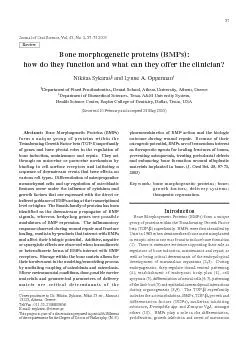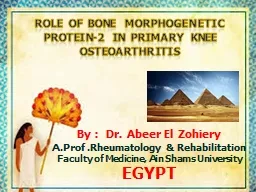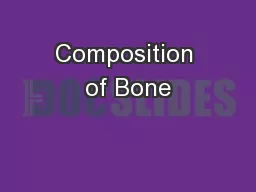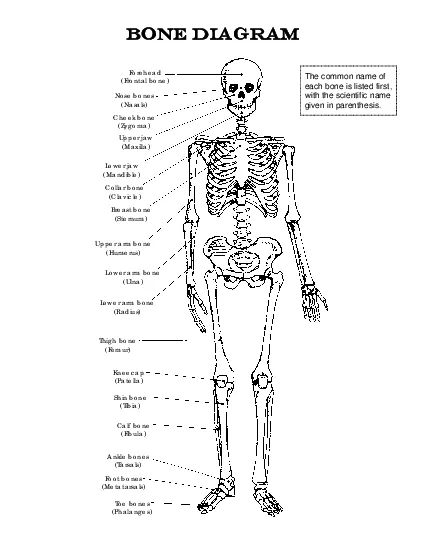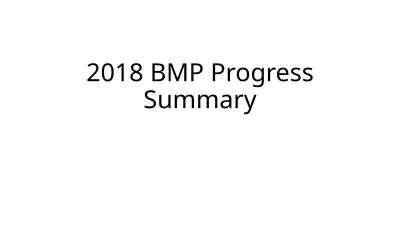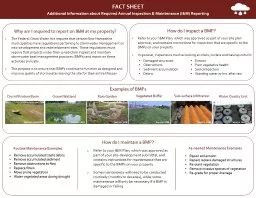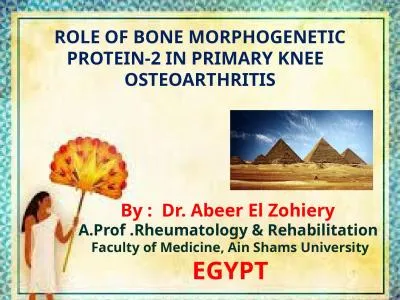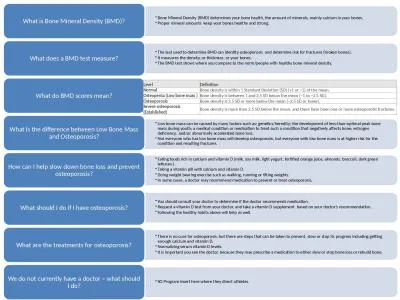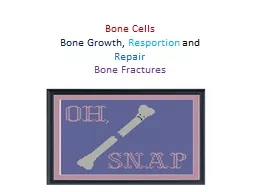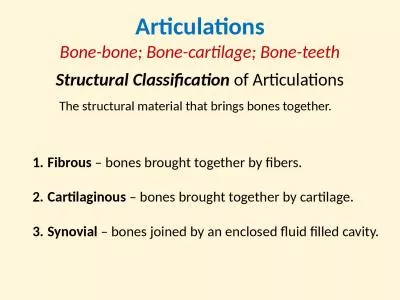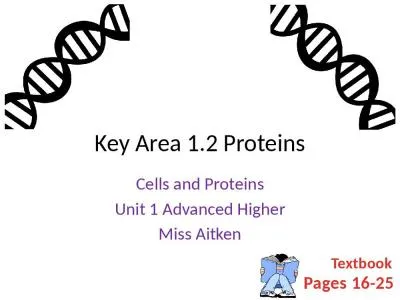PDF-Bone Morphogenetic Proteins (BMPs)rm a unique group of proteins within
Author : tatyana-admore | Published Date : 2015-09-09
57 Journal of Oral Science Vol 45 No 2 5773 2003 of the requirements for the Degree of Doctor of Philosophy NS Bone morphogenetic proteins BMPshow do they function
Presentation Embed Code
Download Presentation
Download Presentation The PPT/PDF document "Bone Morphogenetic Proteins (BMPs)rm a u..." is the property of its rightful owner. Permission is granted to download and print the materials on this website for personal, non-commercial use only, and to display it on your personal computer provided you do not modify the materials and that you retain all copyright notices contained in the materials. By downloading content from our website, you accept the terms of this agreement.
Bone Morphogenetic Proteins (BMPs)rm a unique group of proteins within: Transcript
Download Rules Of Document
"Bone Morphogenetic Proteins (BMPs)rm a unique group of proteins within"The content belongs to its owner. You may download and print it for personal use, without modification, and keep all copyright notices. By downloading, you agree to these terms.
Related Documents

